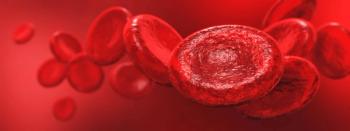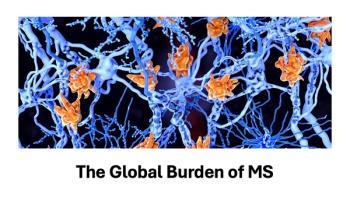
Psychological — Not Just Physical — Symptoms Hamper Physical Fitness in Patients with RA
Feelings of depression and stress are partly to blame for lower fitness levels among people with rheumatoid arthritis.
People with rheumatoid arthritis (RA) have lower levels of cardiorespiratory fitness than the general population, but new research suggests the cause of the disparity is not just physical—it’s also psychological.
Those are the findings of a study published earlier this year that sought to sort out the factors contributing to cardiorespiratory deficits in people with RA. The study found that 26% of the fitness gap was a direct effect of the disease itself, 34% of the gap was the indirect result of the physical symptoms caused by the disease; and the remaining 34% was due to negative emotions resulting from the disease. The study was
Cardiorespiratory fitness is an important health indicator in part because lower cardiorespiratory fitness is a risk factor for cardiovascular disease, depression, and mortality, wrote corresponding author
What is not clear, however, is exactly why RA leads to lower cardiorespiratory fitness. Answering that question could help clinicians better understand the degree to which patients with RA can improve their cardiorespiratory fitness.
The investigators recruited 227 patients with RA and 300 healthy controls and asked them to complete questionnaires about physical activity, symptoms, and psychological factors. They then used non-exercise models to calculate each participant’s estimated cardiorespiratory fitness (eCRF). Finally, they used structural equation modeling to assign scores to possible mediators between RA status and eCRF.
After adjusting for age and sex differences between the two cohorts, Videm and colleagues said the RA group had a mean eCRF that was 1.7 mL/kg/min lower than the healthy controls. That was a smaller gap than the researchers had expected, but it was still statistically significant. The authors said one possible reason for the smaller gap is that people with lower levels of activity might be less inclined to participate in a study about physical activity. In the study’s RA cohort, only 28% of participants met recommended aerobic physical activity recommendations, but the authors said the RA participants self-reported relatively high function and fitness levels.
The models showed that the disease itself was directly responsible for 26% of the fitness deficit among people with RA, but indirect causes — physical symptoms and negative emotions were more responsible.
The authors said pain and stiffness can both affect patients’ exercise habits, though previous literature suggests it is stiffness more than pain that limits the amount of a patient’s physical activity.
“We may speculate that pain mainly affects exercise intensity, as our RA patients reported lower PA (physical activity) intensity than controls and as PA at low intensity would lead to lower CRF compared to PA at higher intensity,” Videm and colleagues said.
However, negative emotions—such as depressive symptoms and perceived stress—were also a major barrier to physical activity, the authors found.
“RA itself increases the risk of depression and some types of stress, however both depression and stress may increase the risk of developing RA,” they wrote. “Both depression and stress have been associated with a reduction in PA over time, and stress has been associated with lower self-reported fitness levels.”
The problem is particularly complex because some of the factors that may lead to less physical activity — depression and pain — can actually be improved by physical activity.
The authors said their findings show that patient education is necessary so that people with RA understand the importance and benefits of exercise. However, they also said clinicians should assess patients’ fitness levels and physical activity levels in order to better support patients, both physically and psychologically.
“Both physical and psychological factors impact human behavior, and both aspects need to be addressed for optimal care,” they said.
Newsletter
Get the latest industry news, event updates, and more from Managed healthcare Executive.





















































